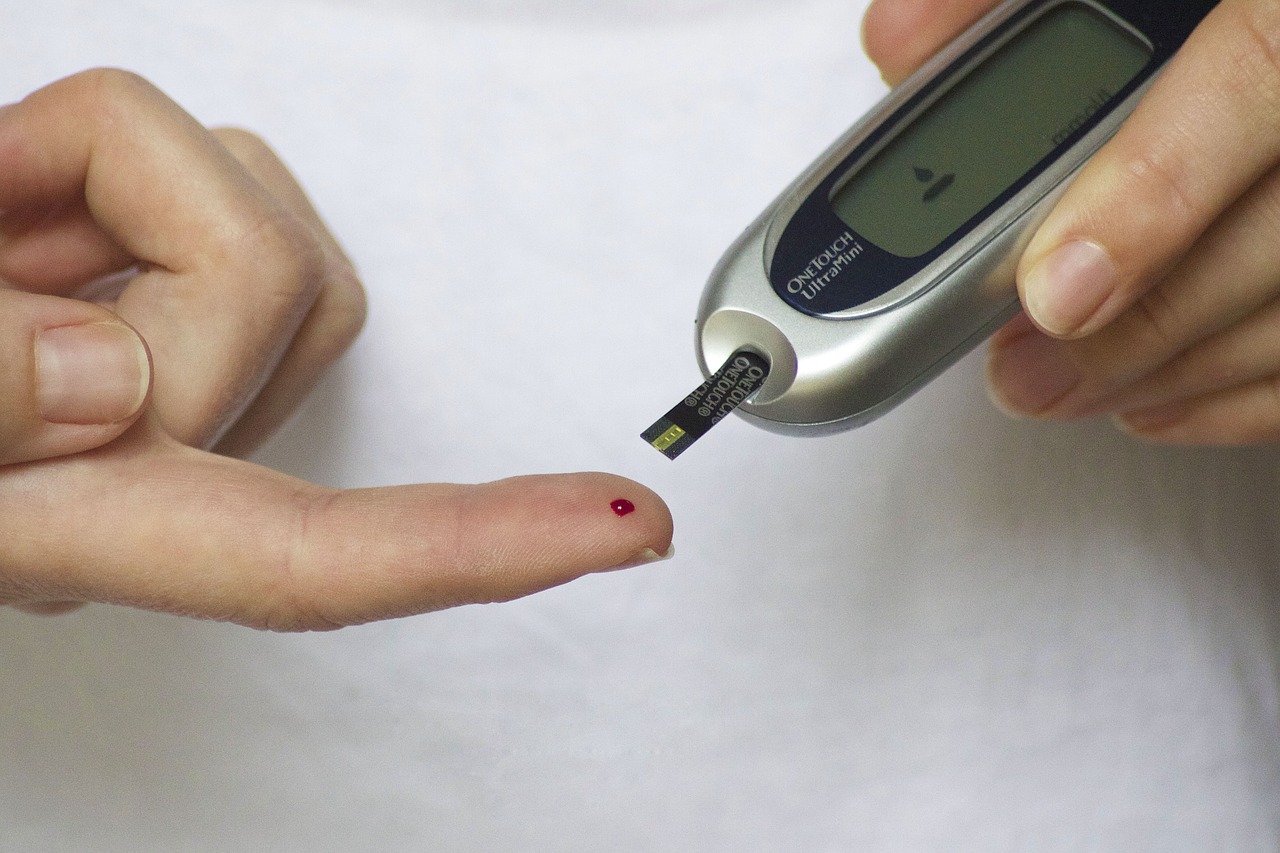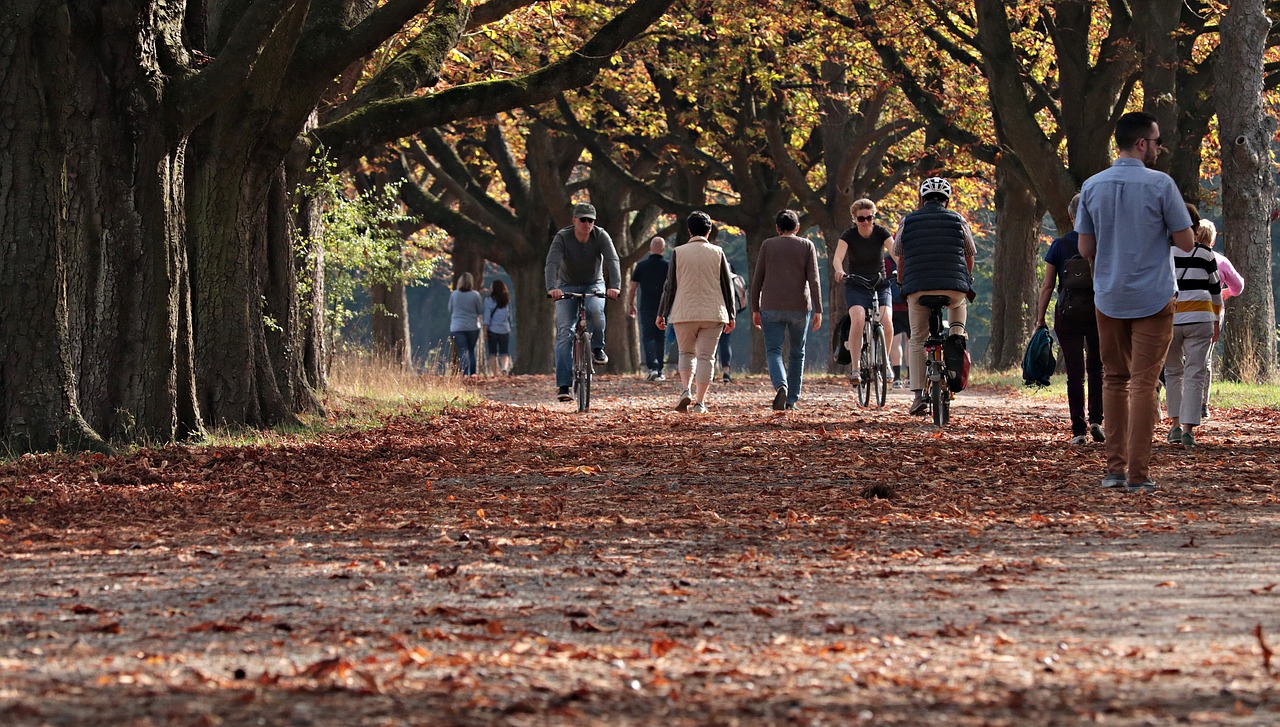Recent data suggests that the number of people with diabetes has risen from 108 million in 1980 to 422 million in 2014. It’s estimated that in 2016, around 1.6 million deaths were directly caused by diabetes and a further 2.2 million deaths were attributable to high blood glucose.
Despite the growing prevalence of diabetes, you can reduce your risk of developing the condition by eating a healthy, balanced diet and keeping active.
What is diabetes?
Diabetes is a condition that impacts the pancreas; an organ that produces insulin to moderate our bodies’ glucose levels.
Insulin enables the cells in your muscles, fat and liver to absorb the glucose in your blood. Glucose is then used as energy for these cells, or if it’s not needed it can be converted into fat.
Diabetes occurs when your body either doesn’t produce enough insulin, or when your body can’t properly use insulin.
If your body isn’t producing enough insulin, or it isn’t using insulin efficiently, your body’s blood sugar levels build up. High blood sugar levels can cause serious damage to parts of your body, which is why it’s important to take steps to reduce your risk of developing diabetes.
Health problems caused by diabetes include:
- Retinopathy (eye disease)
- Chronic kidney disease
- Neuropathy (nerve disease)
- Stroke
- Heart disease
- Peripheral arterial disease
The two main types of diabetes are type 1 and type 2 diabetes. There are other types of diabetes, such as gestational diabetes.
Continue reading to learn more about the causes and symptoms of the different types of diabetes.
Type 1 diabetes

Type 1 diabetes occurs when the pancreas no longer controls glucose levels sufficiently, so the glucose levels become too high. Since your pancreas is not producing enough insulin it’s important to self-administer insulin injections regularly.
However, you can’t prevent type 1 diabetes, and it’s not clear what causes it.
Type 2 diabetes
This type of diabetes affects your pancreas over time. Either the pancreas is unable to produce enough insulin to maintain normal blood glucose levels, or the body is resistant to the insulin which the pancreas does produce, so it can’t be used to maintain blood sugar levels.
Type 2 diabetes treatments can include modifications to diet and increasing physical activity. Alternatively, glucose-moderating tablets can be prescribed to control sugar levels.
If glucose levels are not well-controlled however, this treatment may not be sufficient and external insulin may be required.
Gestational diabetes

This is a type of diabetes that affects women in pregnancy. During pregnancy some women have higher than normal levels of glucose in their blood. If the body cannot make enough insulin to regulate this, an excess of glucose can build up, which causes blood sugar levels to rise.
Gestational diabetes can usually be controlled with diet and exercise, but some women will need medication from a doctor to control their blood glucose levels.
Preventing type 2 diabetes
Although there is no diabetes cure, and type 1 diabetes cannot be prevented, there are things you can do to reduce your risk of type 2 diabetes.
There are certain factors that can put you at an increased risk for type 2 diabetes, and these include:
- Age - being over the age of 40 (over 25 for people of south Asian, Chinese, African-Caribbean or black African origin, even if you were born in the UK)
- Genetics - having a close relative with the condition, such as a parent, brother or sister
- Being overweight or obese
- Having high blood sugar (sometimes called prediabetes)
Although you can’t change your genetics or your age, there are steps you can take to control your weight and blood sugar levels.
There is not a specific diabetes diet or prediabetes diet you should eat. Instead, focus on having a healthy, varied, and balanced diet.

This involves eating a variety of fruit and vegetables, a mixture of starchy foods, proteins and fibre, and reducing levels of fat, sugar and salt. You can also try increasing the amount of fibre in your diet.
As well as diet, you can incorporate exercise into your daily routine. If you don’t already you should ideally aim for 30 minutes of exercise at least five days a week. This can be as simple as a brisk walk to work, and includes any activity that increases your breathing and heart rate. There are a variety of low impact and gym free exercises you can try, such as cycling or yoga.

If you are overweight, losing weight can reduce your risk of getting diabetes. The combination of being active and eating a more healthy balanced diet can help you to lose weight.
Whatever changes you make to your diet and activity levels, they should be incremental, small changes to help make your lifestyle modifications more sustainable.
Symptoms of diabetes
It’s important to recognise the symptoms of diabetes so that your doctor can make a diagnosis as early as possible. Early intervention can help reduce the risk of health problems and complications.
Diabetes symptoms in men and diabetes symptoms in women usually include:
- Needing to pee frequently
- Always feeling thirsty
- Feeling more tired than usual
- Unexpected weight loss
- Itching around your penis or vagina
- Cuts or wounds that are taking longer to heal
- Blurred vision
If you have these early symptoms of diabetes then you should see a doctor.
Conclusion
Diabetes is a serious, lifelong condition that affects around 100 million people in the US. There are a few different types of diabetes including type 1 diabetes, type 2 diabetes, and gestational diabetes. Each of these types of diabetes can be managed with either medication or lifestyle changes, but their complications can be serious, so it’s important to have a proper treatment plan in place.
In the case of type 2 diabetes, which can often be prevented or delayed, it’s good to know your risk factors. If you are at an increased risk you can make changes to your diet or exercise routine to try and reduce your likelihood of developing type 2 diabetes.
Got a symptom you’re concerned about?
To find out if you need to see a doctor use our Self-Assessment Tool

